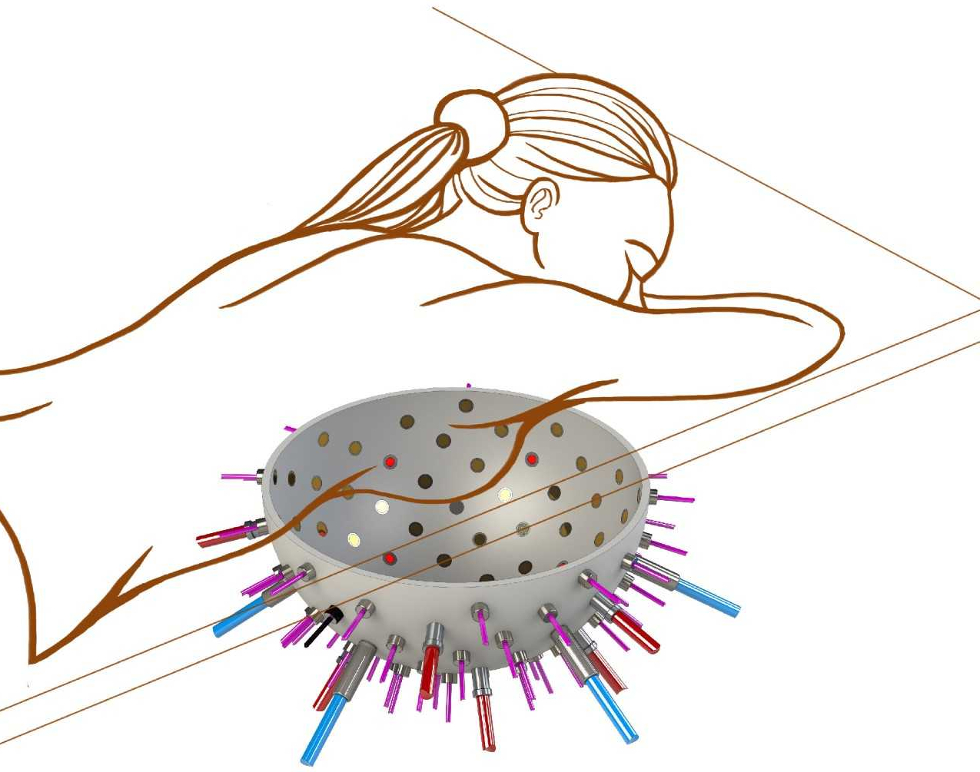Photoacoustic technique reduces waiting time for breast cancer diagnosis
The time taken to receive a breast cancer diagnosis could be significantly reduced, thanks to an imaging system designed to cut the various stages of tumour detection down to a single scan.

Breast cancer diagnosis can take a number of weeks, involving a visit to the GP, followed by an x-ray mammogram and an ultrasound or even an MRI, before the patient finally undergoes a biopsy.
The new system, being developed by researchers at the University of Twente in the Netherlands, uses light and sound to detect signs of a tumour. The photoacoustic technique combines lasers and photonics with ultrasound.
The patient lies face down on a bed, placing their breast into a hemispherical bowl lined with up to 100 optical fibres, and several ultrasound detectors.
Multiple images are taken from different angles. These are then assembled into a single 3D image, according to Srirang Manohar, the project coordinator.
“The imager will be non-invasive, will not require contrast agents nor use ionising radiation,” he said. “Furthermore, the patient will feel no pain or discomfort.”
The PAMMOTH (Photoacoustic Ultrasound Mammoscopy for evaluating screening-detected abnormalities in the breast) system operates by sending short pulses of light towards the suspect lesion.
Register now to continue reading
Thanks for visiting The Engineer. You’ve now reached your monthly limit of news stories. Register for free to unlock unlimited access to all of our news coverage, as well as premium content including opinion, in-depth features and special reports.
Benefits of registering
-
In-depth insights and coverage of key emerging trends
-
Unrestricted access to special reports throughout the year
-
Daily technology news delivered straight to your inbox










Water Sector Talent Exodus Could Cripple The Sector
Maybe if things are essential for the running of a country and we want to pay a fair price we should be running these utilities on a not for profit...